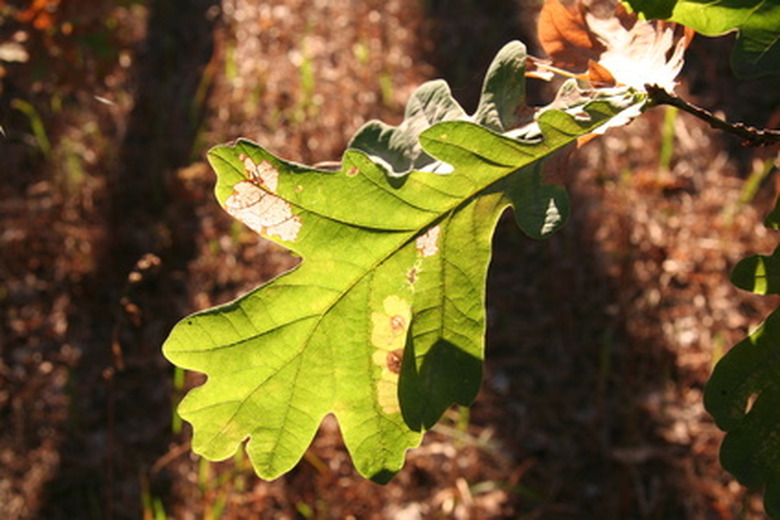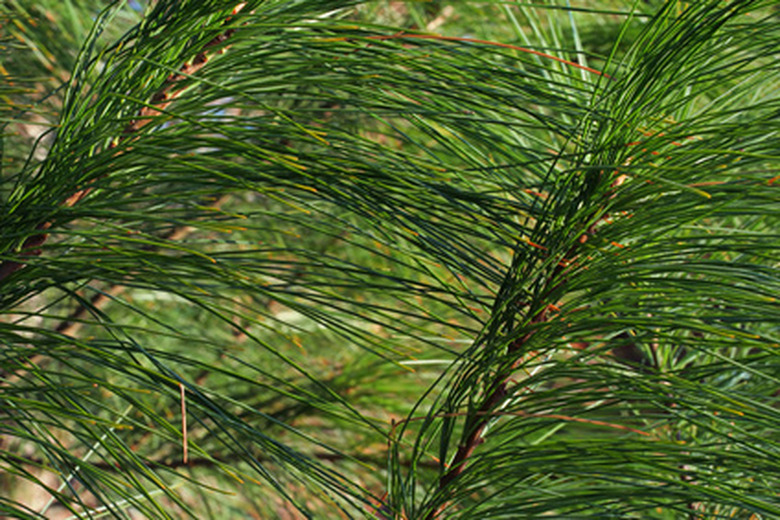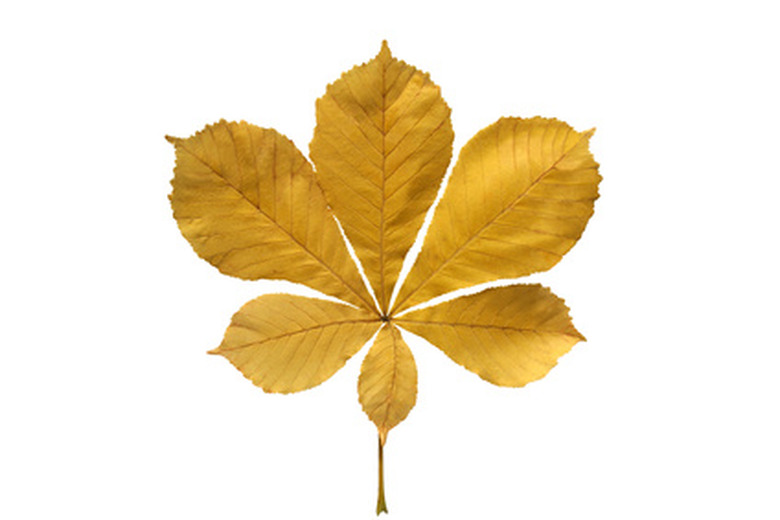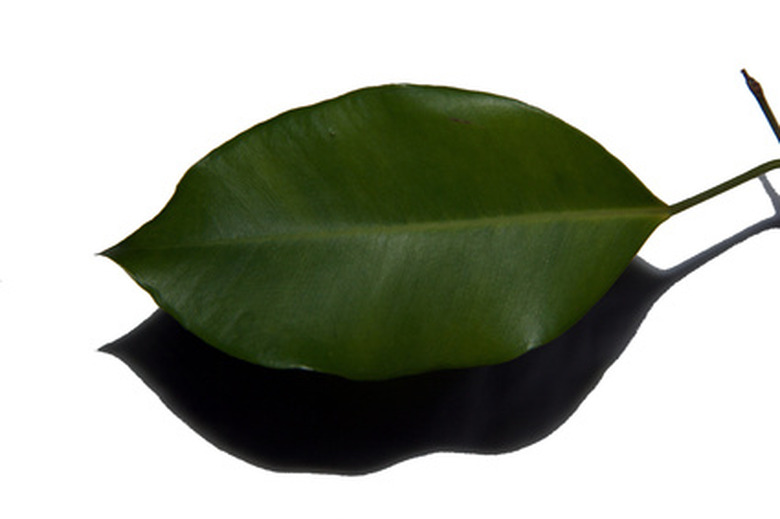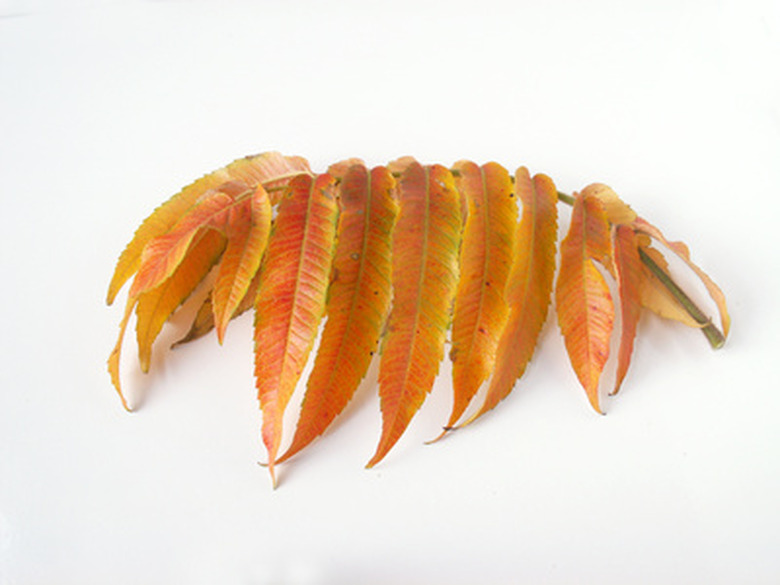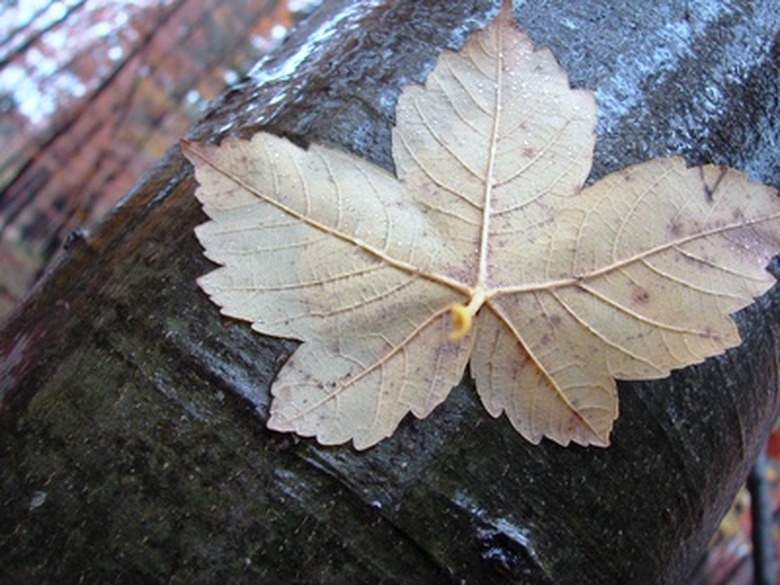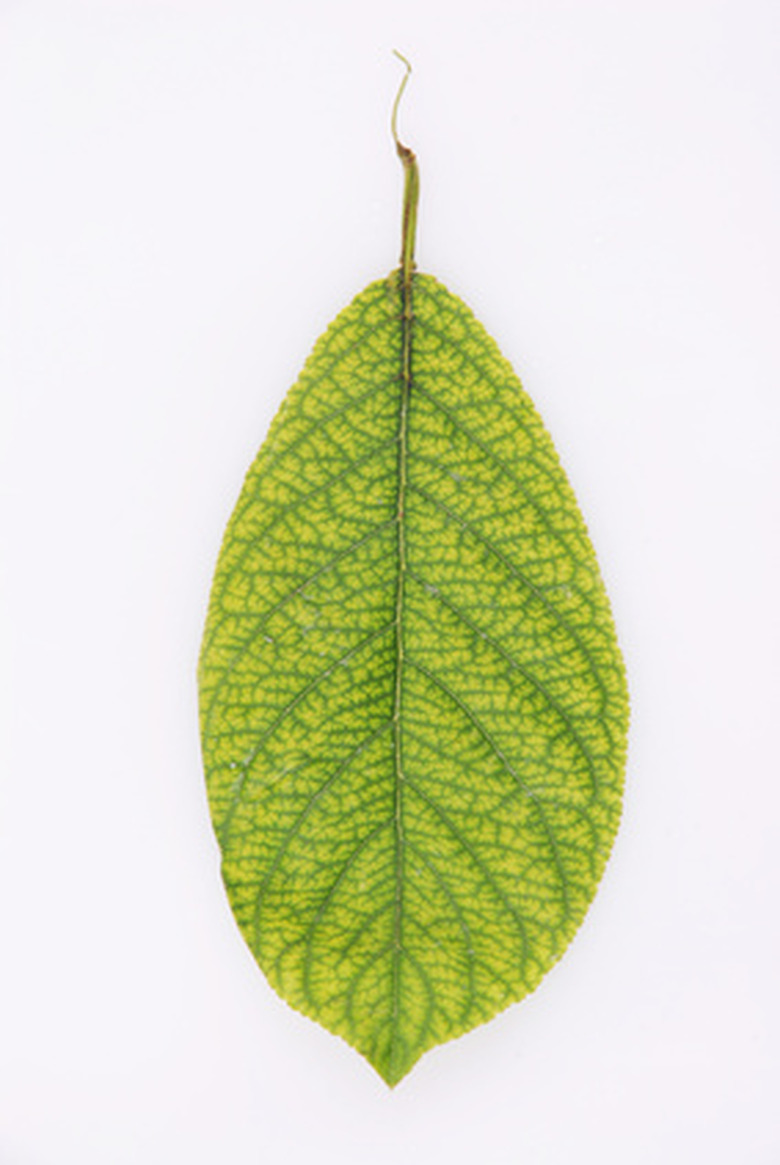Leaf Identification Guide For Kids
Leaf identification is a valuable way to learn about your environment and some of the oldest creatures living there: trees. There are hundreds of species of trees just waiting to be discovered, but first you should become acquainted with how to read a tree's leaves.
Leaf identification is a valuable way to learn about your environment and some of the oldest creatures living there: trees. There are hundreds of species of trees just waiting to be discovered, but first you should become acquainted with how to read a tree's leaves.
Two Main Types of Leaves
The first step in leaf identification is determining whether the leaf is needle-shaped/scale-like or broad. Needle-shaped leaves belong to Pinophyta trees, which include pine, cedar and other conifers. Broad-shaped leaves belong to Magnoliophyta trees, which include maple, oak and palm.
Once you determine whether your leaf belongs to a Pinophyta tree or a Magnoliophyta tree, you can begin to look at the leaf's other characteristics in order to determine what kind of tree your leaf has come from.
Types of Pinophyta Leaves
Pine leaves, or needles, grow in groups or clusters rather than individually. On the other hand, spruce, hemlock and fir trees produce leaves, or needles, that grow individually on the tree's twigs.
- Leaf identification is a valuable way to learn about your environment and some of the oldest creatures living there: trees.
- On the other hand, spruce, hemlock and fir trees produce leaves, or needles, that grow individually on the tree's twigs.
In addition being needle-shaped, Pinophyta leaves are sometimes also scale-like, as you will see on a cedar, or broadleaf, as on a ginkgo.
For the most part, however, you will encounter Pinophyta leaves that are needle-like.
Types of Magnoliophyta Leaves
Magnoliophyta leaf identification requires a few more steps than does identifying a Pinophyta leaf. Magnoliophyta leaves are either simple or compound. Simple means that there is one leaf on each stem (e.g., white birch). Compound leaves have several leaves growing from one stem (e.g., horse chestnut).
Once you determine whether your Magnoliophyta leaf is simple or compound, next consider and take note of the leaf's shape, apex, serration and base.
- In addition being needle-shaped, Pinophyta leaves are sometimes also scale-like, as you will see on a cedar, or broadleaf, as on a ginkgo.
Leaf Shape
Your Magnoliophyta leaf will either be elliptical or obovate. An elliptical leaf is widest at the leaf's center and tapers at the base and apex. An obovate leaf is widest just slightly above the leaf's center.
Leaf Apex
Your leaf may have an acuminate or acute apex (i.e., tip). Acuminate apexes taper to a slim, long point, but acute apexes taper to a broad, more wedge-shaped point.
Magnoliophyta leaves may also be bristle-tipped, which means they have a very sharply pointed apex; obtuse, which means they are rounded at the apex; or truncated, which means their apex is abruptly cut off or square shaped.
Leaf Serration
Leaf serration requires you to examine the margin, or outer shape, of the leaf: Is it smooth or serrated (like teeth)? A single-serrate leaf will have individual "teeth" along the margin, but an entire, or smooth, leaf has no "teeth" on the margin.
- Your Magnoliophyta leaf will either be elliptical or obovate.
- Magnoliophyta leaves may also be bristle-tipped, which means they have a very sharply pointed apex; obtuse, which means they are rounded at the apex; or truncated, which means their apex is abruptly cut off or square shaped.
Be sure to look closely, as some leaf serration can be very fine and difficult to see right away.
Leaf Base
Though it may seem insignificant, a leaf's base can be an important determining factor in leaf identification, so be sure to pick your leaf from the base of the stem, not the base of the leaf.
Your leaf will have either an oblique or a truncated base. The oblique base is uneven, or one side of the leaf's stem is longer than the other side. A truncated base is even, so both sides of the leaf's stem meet the leaf at the same place.
